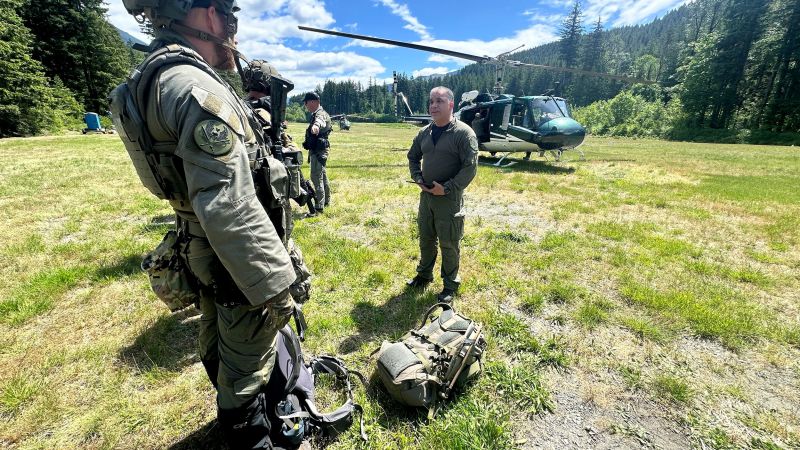Afghanistan Reopens to Tourism: Taliban Government Rolls Out the Red Carpet for Visitors

Afghanistan, once synonymous with conflict, is experiencing a surprising resurgence – tourism. Despite ongoing challenges, a trickle of visitors is beginning to explore the country’s rich history, stunning landscapes, and unique culture. The Taliban government, now in control, is actively working to cultivate a welcoming environment for tourists, hoping to boost the nation’s economy and showcase a new image of Afghanistan.
For decades, Afghanistan has been largely off-limits to international travellers, overshadowed by decades of war and instability. However, with relative calm returning to some areas, the Taliban administration sees tourism as a potential source of revenue and a means of demonstrating stability and openness. They are actively promoting historical sites, natural beauty spots, and cultural experiences, attempting to shift perceptions and attract a wider range of visitors.
What are the attractions? Afghanistan boasts a wealth of historical treasures. The ancient city of Herat, with its stunning Blue Mosque and Citadel, stands as a testament to the country’s rich artistic heritage. Bamiyan, despite the tragic destruction of the Buddhas, still holds significant cultural value and attracts visitors interested in its history and the ongoing restoration efforts. Kabul, the capital, offers a glimpse into modern Afghan life, alongside historical landmarks like the Darul Aman Palace.
Beyond the cities, Afghanistan’s diverse landscapes offer breathtaking scenery. The Hindu Kush mountain range provides opportunities for trekking and mountaineering, while the vast deserts and fertile valleys showcase the country’s natural beauty. Local guides are being trained to cater to the needs of tourists, ensuring safe and enriching experiences.
Challenges and Opportunities: The tourism sector faces significant hurdles. Security concerns remain a primary challenge, although the Taliban government insists on providing adequate protection for visitors. Infrastructure is also limited, with basic amenities often lacking in remote areas. However, there is a growing recognition of the need to invest in tourism infrastructure, including hotels, roads, and transportation networks.
The Taliban's approach to tourism is also being closely watched by the international community. Their commitment to respecting cultural sensitivities and ensuring the safety and well-being of visitors will be crucial in attracting a sustainable flow of tourists. Female participation in the tourism sector is also a key consideration, with the Taliban facing pressure to allow women to work in roles that interact with visitors.
The Future of Tourism in Afghanistan: While the road ahead is undoubtedly challenging, the potential rewards are significant. A thriving tourism sector could create jobs, stimulate economic growth, and contribute to the country’s long-term stability. The Taliban government's efforts to welcome tourists represent a bold step towards rebuilding Afghanistan’s image and opening its doors to the world. Whether this nascent industry can flourish remains to be seen, but the initial signs are undeniably encouraging. The key will be balancing security concerns with the desire to create a welcoming and authentic experience for visitors, allowing them to discover the hidden gems of this fascinating and resilient nation.






